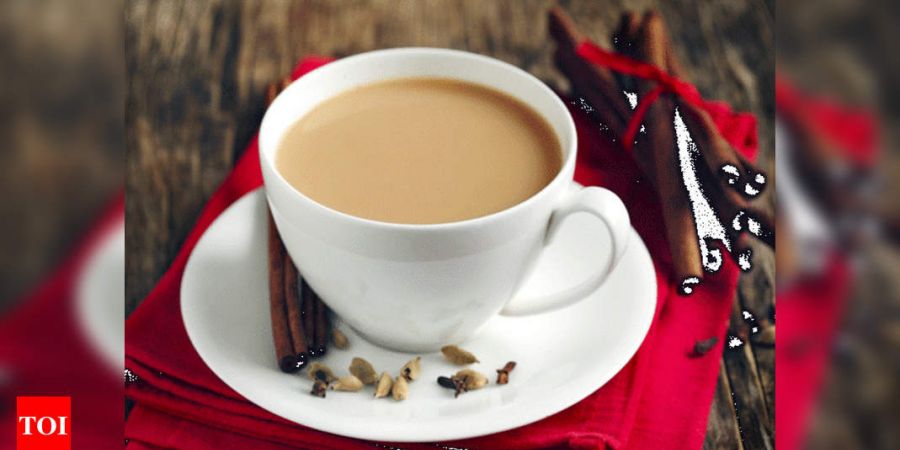

Hi friends and today blog we are going to read about Tea.
Tea is one of the most popular after-food drinks in the world, but few know yet that there are four essentially different flavors and types of tea that can be found in supermarkets. Each tea is made up of different ingredients, and each tea has its strengths and weaknesses. I will explain.
It's always important to keep in mind that there are only four types of tea.
1) Black tea
2) Green tea
3) White tea
4) Oolong tea
All of these are made from camellia leaves, also known as tea plants. The difference between the four tea variations lies in the manufacturing process. In addition, each type of tea has different taste and health benefits.
1) Black Tea - Black tea is made from the highly oxidized leaves of Camellia sinensis. When properly served, it does not contain calories, carbohydrates or fats. A cup of tea contains more caffeine than any other type of tea, but less than any cup of coffee.
2) Green Tea - Slightly oxidized tea has been popular in China, Japan and South Korea for centuries. Drinking green tea has been shown to be able to lower cholesterol, prevent cancer, increase metabolic rate, and help a variety of other illnesses and illnesses. Green tea is slightly oxidized and dried, but not fermented. It is usually served in plain, sugar-free and milk-free. Some green tea varieties have a slightly bitter taste and must be brewed at a temperature below the boiling point.
3) White Tea - White tea is rarer and more expensive than the other types of tea listed above. Native to Fujian, China, white tea is made from young camellia leaves that have undergone a long steaming or roasting process that inactivates fermentation and drying. It is called white tea because the leaves are harvested with the buds covered with white hair. White tea has a higher quality and sweeter taste than other teas. In addition, it contains the minimum amount of caffeine and the maximum amount of antioxidants that help prevent cancer.
4) Oolong Tea - Oolong tea means black dragon in Chinese and is named after its long, dark and distinctive leaves that look like a fierce black dragon when brewed. The unique taste of oolong tea is achieved through a long process that includes sun-drying, slight oxidation, cooling and drying of the leaves of Camellia sinensis. The result is a lighter taste than popular black tea and a stronger taste than delicate green tea.
